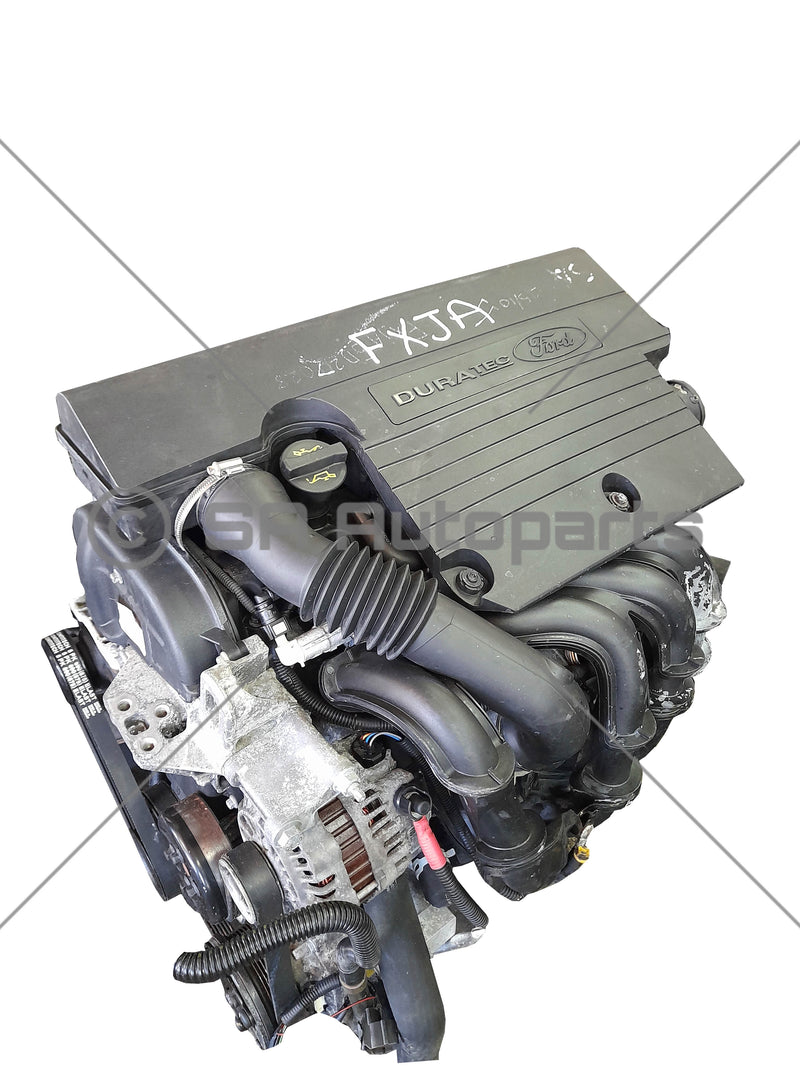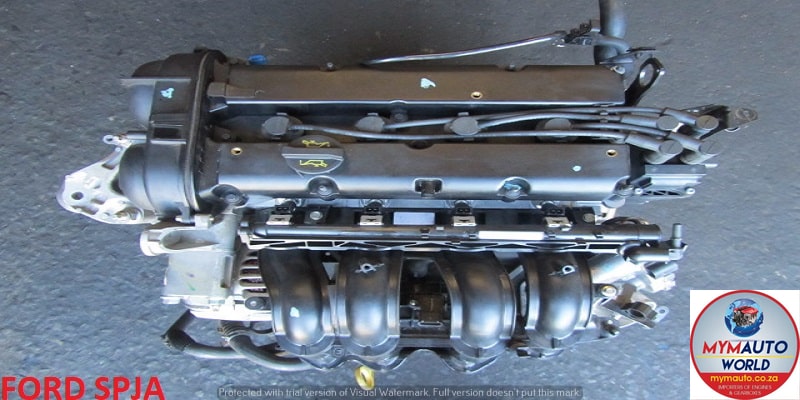How to Maintain Your Ford Fiesta Engine for Long-Term Performance
How to Maintain Your Ford Fiesta Engine for Long-Term Performance
Blog Article
Opening the Power of Engines: A Comprehensive Guide to Efficiency and Efficiency
Recognizing the intricate technicians of engines is essential for both performance lovers and daily motorists. By taking a look at essential metrics such as horsepower and torque, one can value how adjusting methods boost performance while dealing with ecological problems. Regular upkeep plays a critical function in maintaining ideal efficiency over time. As the auto landscape shifts towards electrification and progressed technologies, the concern emerges: exactly how can we efficiently adjust to these changes while making best use of engine capacities? The responses might redefine our approach to engine performance and effectiveness in manner ins which are both informing and crucial.
Recognizing Engine Basics
What makes up the fundamental technicians of an engine? At its core, an engine is a maker designed to transform gas right into mechanical energy via a series of regulated explosions or burning procedures.
The crankshaft then changes this straight motion right into rotational energy, which eventually powers the lorry. The camshaft manages the opening and closing of the valves, controling the consumption of air and fuel and the expulsion of exhaust gases. Furthermore, the engine relies upon a very carefully calibrated fuel-air combination, ignition system, and cooling down system to make certain optimal efficiency and efficiency.
Understanding engine essentials additionally involves acknowledging the importance of engine cycles, such as the four-stroke cycle, which includes consumption, power, exhaust, and compression strokes. Each phase is crucial in ensuring the engine works smoothly and properly. Proficiency of these fundamental technicians prepares for checking out more complicated engine characteristics and performance metrics, important for optimizing both power result and performance.
Trick Performance Metrics
Key performance metrics are necessary for assessing an engine's efficiency and power result, offering beneficial understandings for both customers and producers. These metrics offer as standards for engine efficiency, enabling informed decisions in investing in, design, and production.
One of the main metrics is horsepower, which quantifies the engine's capability to perform work over time. Torque, determined in pound-feet, is an additional important metric that shows the engine's rotational force, straight impacting acceleration and hauling capacity. Fuel effectiveness, usually measured in miles per gallon (MPG) or liters per 100 kilometers (L/100km), analyzes exactly how properly the engine converts gas into motion, affecting functional expenses and environmental factors to consider.
Furthermore, thermal effectiveness measures how well an engine transforms gas energy into useful work, disclosing understandings right into power losses mainly through heat. Exhaust levels, consisting of carbon dioxide and NOx, are also essential, reflecting the engine's ecological influence and conformity with governing requirements.

Tuning Methods for Performance
Tuning strategies play a significant duty in boosting engine effectiveness by optimizing performance metrics identified in earlier conversations (ford fiesta engine). Different methods exist to adjust an engine, each adding to enhanced fuel economic situation and reduced discharges
One reliable method is adjusting the air-fuel ratio, making sure go to my site the engine operates within the ideal combustion program. A leaner mixture can enhance gas performance, however it needs to be balanced to avoid misfires or engine knock. Additionally, reprogramming the engine management system can rectify criteria such as ignition timing, which additionally enhances performance while preserving power output.
One more crucial strategy entails changing the consumption and exhaust systems. Upgrading to high-performance air filters and exhaust headers can reduce back stress, assisting in far better airflow. This allows the engine to take a breath more easily, causing improved burning effectiveness.
Moreover, the application of advanced adjusting tools, like dyno testing, supplies specific information that makes it possible for targeted modifications. Regularly monitoring these performance metrics ensures that tuning initiatives generate the desired effectiveness results. Jointly, these methods not just strengthen engine efficiency but additionally add to long-term sustainability in engine operations.
Maintenance for Optimal Efficiency
Normal engine maintenance is important for attaining optimal read more efficiency and long life. A well-maintained engine not only runs effectively but also reduces the risk of costly repairs and failures. Trick parts needing routine attention consist of oil, filters, belts, and trigger plugs.
Changing the engine oil at suggested intervals is essential, as oil lubricates relocating parts and avoids overheating. Changing oil and air filters makes sure that contaminants do not hinder engine function. Ignoring these elements can cause decreased efficiency and prospective engine damages.
In addition, inspecting and replacing used belts and pipes is vital to prevent unexpected failings. Timing belts, particularly, should be changed according to the maker's routine to stay clear of tragic engine damages.
Flicker plugs should also be checked and replaced as necessary, because they play a crucial role in ignition and gas performance.
Future Patterns in Engine Modern Technology
Embracing improvements in innovation, the future of engine style important link is poised to reinvent performance and efficiency throughout numerous applications. Crossbreed and completely electric powertrains are becoming progressively conventional, using minimized discharges and improved gas performance.
Furthermore, technologies in products scientific research are bring about lighter, more powerful elements that improve engine performance while decreasing energy consumption. Advanced production strategies, such as 3D printing, permit the production of complicated geometries that boost air movement and thermal monitoring, thus enhancing burning procedures.
Additionally, the assimilation of expert system and artificial intelligence is readied to transform engine diagnostics and efficiency tuning. These innovations can assess substantial amounts of data in actual time, making it possible for anticipating upkeep and tailored efficiency enhancements.
Verdict
In conclusion, opening the power of engines requires a comprehensive understanding of their technicians and performance metrics. Applying efficient adjusting strategies and sticking to normal maintenance techniques significantly boost engine capabilities.
Additionally, the engine counts on a very carefully calibrated fuel-air blend, ignition system, and cooling down system to guarantee optimal efficiency and efficiency.
Understanding engine essentials additionally involves recognizing the relevance of engine cycles, such as the four-stroke cycle, which includes consumption, exhaust, compression, and power strokes. Proficiency of these essential auto mechanics lays the foundation for checking out much more intricate engine dynamics and efficiency metrics, vital for maximizing both power output and efficiency.

Welcoming innovations in modern technology, the future of engine design is positioned to reinvent efficiency and performance across various applications.
Report this page